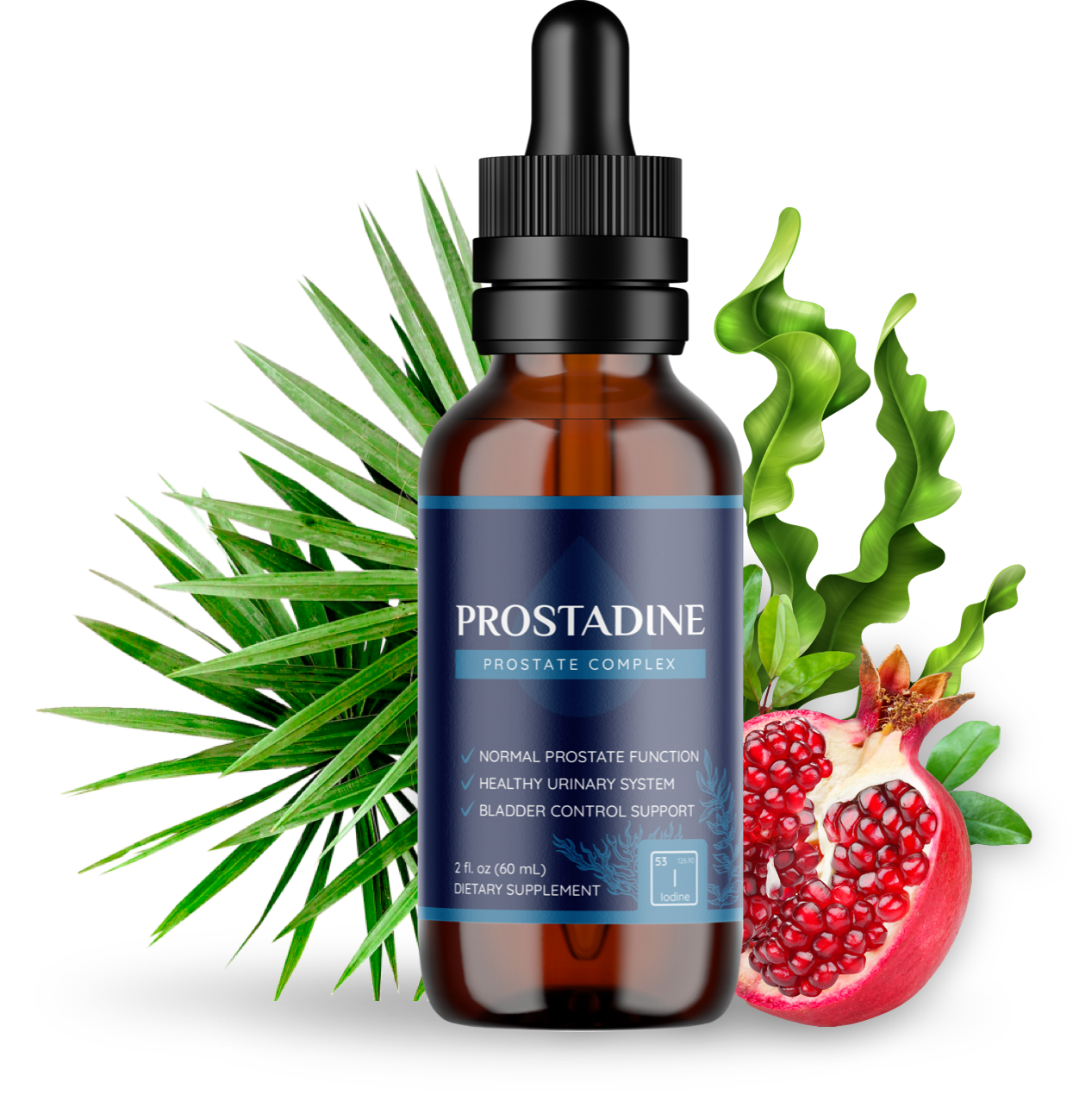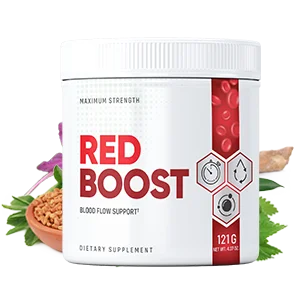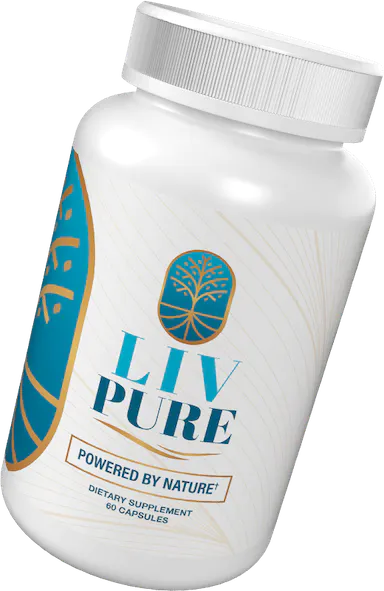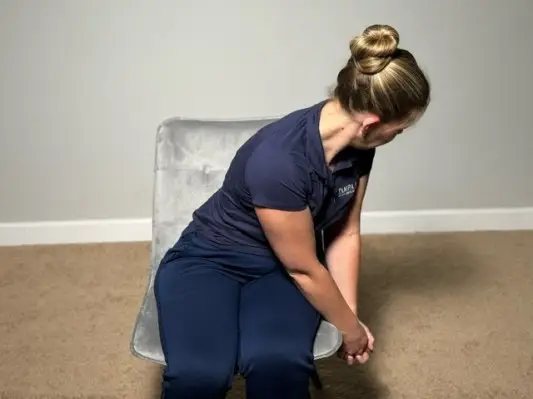If you’ve ever spent too much time hunched in front of your computer or phone (guilty!) and later felt tension in your shoulders and neck, chances are the pain was coming from your trapezius muscles.
Or, maybe you’ve reached up to grab something off a shelf or put your carry-on luggage in an overhead bin and felt a tightness or twinge across the top of your back. That sensation was likely coming from your traps as well.
Oh, and when your mother told you to stand or sit up straight? You guessed it—your trapezius muscles are also necessary for good posture.
Because we use our trapezius muscles for so many things, keeping them working at their best requires showing them a little love. One of the best ways to do that is by taking the time to stretch your traps every day, says physical therapist Kelly Pearce Baez, PT, DPT, owner of Tampa Bay Physical Therapy.
Just a few minutes of doing trapezius stretches each day helps keep this important muscle relaxed, flexible, and free from injury—meaning less pain and tension in the long run.
Read on to find out more about the importance of stretching your trapezius muscles regularly and the best trapezius stretches to do.
First things first: What is the trapezius muscle, anyway?
The trapezius gets its name because the muscle resembles a trapezoid. (In case you forgot high school geometry—no shade, this applies to us too—that’s a shape with four sides, two of which are parallel.)
This large, thin, superficial muscle starts at the base of your neck and runs across your shoulders and down the middle of your back. The trapezius attaches to several bones including your spine, scapulae (shoulder blades), and ribs, per the Cleveland Clinic.
The trapezius is divided into three parts:
- The upper (superior) trapezius runs from the base of your skull and across the tops of your shoulders. This muscle helps you to shrug, rotate your shoulders, and bend and rotate your neck, Pearce Baez says.
- The middle trapezius runs between your shoulder blades and is a stabilizing muscle used for drawing your shoulder blades back and together, Pearce Baez explains.
- The lower (inferior) trapezius is V-shaped, starts near your shoulder blades, and runs down the middle of your back to your bottom rib. It works to pull your shoulder blades down and helps stabilize your arms to lift and internally rotate them, per the National Institutes of Health.
What does the trapezius muscle do?
Our traps perform double duty, being essential to both the spinal support needed for proper posture and many movements of the head, neck, shoulders, and arms. Your traps assist with “multiple forms of rotation, elevation, depression, and bending that are necessary for performing tasks such as observing your surroundings, reaching, and maintaining proper posture,” Pearce Baez says.
You can think of your traps like stabilizing jacks that anchor a construction crane as it lifts, lowers, and moves back and forth—without this anchor, your shoulders and upper arms would flop around uselessly, according to the National Library of Medicine.
All three parts of the traps perform some of their functions individually, but also work as a “team” helping you do everything from observing your surroundings to reaching for something to preventing you from slumping forward, explains Pearce Baez.
“It’s important to remember that these muscles work best in combination to assist with upward and downward rotation, and elevation and depression of the shoulder blade which allows for lifting or taking things down off of shelves above your head or in front of you,” Pearce Baez says. “When one muscle contracts another must lengthen. It’s a symbiotic relationship.”
Why do you need to show your traps some stretching TLC?
Because your trap muscles have multiple connections throughout your neck, shoulders, upper and middle back—and are constantly in use—it’s important to stretch them regularly, preferably one or two times a day, Pearce Baez advises.
“If these muscles are overly tight, you will not be able to perform your daily activities as easily and may potentially have increased pain, tension, and headaches,” Pearce Baez says.
Stiff trapezius muscles are a common cause of tension headaches. Stress, poor posture, and inadequate stretching before activities can exacerbate tension headache symptoms, such as throbbing and tightness, per the National Library of Medicine.
Research—like this small 2023 study in The Journal of Headache and Pain—has also linked inflamed trapezius muscles, especially in the neck, to an increase in tension headaches and migraines.
Even if you don’t experience headaches regularly, not stretching your traps can negatively affect your posture and put strain on your back and shoulders. Tight traps also limit your ability to do routine things you probably don’t think about—until you have problems doing them.
“If stretching doesn’t occur, it can lead to difficulty with maintaining upright posture while at your desk, trouble lifting items up or down to place on shelves, or pulling or pu
Related Posts
Recommended Story For You :

The alpine secret for healthy weight loss

The Most Potent Fast-Acting Formula For Incinerating Stubborn Fat

Real Cortexi Users Real Life‑Changing Results

This Cold Drink Might Trigger Your Prostate

Red Boost is a powerful new formula for boosting male sexual health.

Everything you eat or drink eventually reaches your liver for processing.

Brand New Probiotics Specially Designed For The Health Of Your Teeth And Gums

Empowering You to Take Control of Your Blood Sugar Health!


